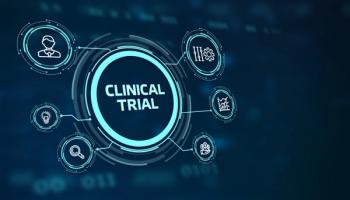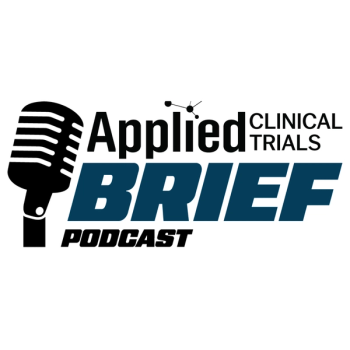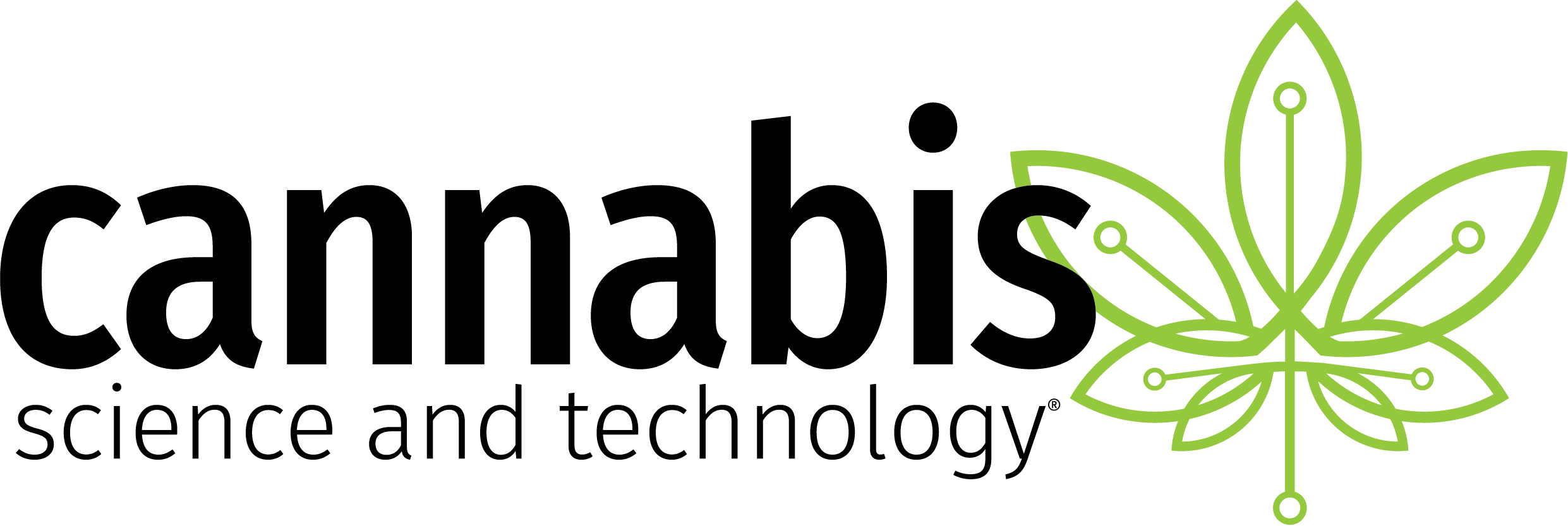BsAbs offer promise from their ability to deliver targeted payloads and integrate with other treatments. They can potentially treat a wider range of diseases and overcome challenges in current treatments, such as barriers in the tumor microenvironment and tumor heterogeneity.
Engineered Bispecific Antibodies: Regulatory, Ethical, and Best Practice Guidelines
Key Takeaways
- BsAbs target two antigens, enhancing cancer treatment potential, with market growth projected from $12 billion in 2024 to $50 billion by 2030.
- They function through immune cell engagement, dual checkpoint blockade, and receptor blocking, but pose challenges like cytokine release syndrome and neurotoxicity.
Ethical and regulatory considerations for safeguarding participants in bispecific antibody clinical trials, and best practices designed to optimize their success.
Immunotherapy has revolutionized cancer treatment with bispecific antibodies (BsAbs) emerging as potent therapies for hematological malignancies and certain solid cancers (Table 1). The market was valued at $12 billion USD in 2024 and is projected to reach $50 billion USD by 2030.1 Distinct from traditional monoclonal antibodies that target a single antigen, BsAbs possess two distinct binding domains, enabling them to concurrently target two separate antigens or different epitopes of the same antigen.2 The mechanisms and structural designs of BsAbs can be tailored to specific cancer types and patient populations with advanced antibody engineering technology. However, clinical trials with BsAbs require intricate designs, and addressing the related toxicities remains an ongoing concern.
There are three principal mechanisms of action for BsAbs:
- Immune cell engagers: Bispecific T cell engagers can interact with CD3 on T cells and tumor-associated antigens (TAA), promoting potent immune responses.3
- Dual immune checkpoint blockade: BsAbs can simultaneously inhibit two distinct immune checkpoints, thus intensifying anti-tumor immunity and potentially circumventing resistance associated with single checkpoint inhibitors. For instance, concurrently targeting LAG3 on T cells and PD-L1 on tumor or antigen-presenting cells, resulting in enhanced T cell activation.4
- Receptor Blocking and Degradation: BsAbs designed to interfere with and degrade key growth factor receptors implicated in tumorigenesis can help overcome drug resistance and improve clinical outcomes.5
Role of IRB: Regulatory requirements and ethical review
Like all clinical trials, studies of BsAbs require Institutional Review Board (IRB) review. The framework that guides IRB review and decisions regarding clinical trials in 45 CFR §46.1116 and 21 CFR §56.1117 has specific application in BsAbs studies (Table 2). Key among these are safety considerations.
Key safety considerations associated with BsAbs
While BsAbs hold considerable promise in oncology, addressing their inherent challenges and potential adverse events is paramount for their consideration in research and effective integration into clinical practice.
- Cytokine release syndrome (CRS): CRS represents a systemic inflammatory response resulting from rapid and robust immune activation. Severity ranges from mild, transient symptoms to life-threatening manifestations involving hypotension, capillary leak syndrome, and multi-organ dysfunction.
- Immune effector cell-associated neurotoxicity syndrome (ICANS): This syndrome is mediated by immune effector cells releasing cytokines and chemokines, which disrupt the blood–brain barrier and induce neuronal damage.8 Clinical presentations include tremors, confusion, agitation, and seizures.
- Infusion-related reactions (IRR): Presentations vary from mild to severe and encompass chills, dyspnea, flushing, nausea, chest discomfort, and vomiting.
- Opportunistic infections: BsAbs may increase susceptibility to opportunistic infections, from Gram-negative bacteria, fungal species such as Aspergillus spp., and viral agents including cytomegalovirus.9
- Off-target effects: Unintended interactions with non-target tissues may result in toxicity or other adverse events.10
Adverse event identification and management
Prompt recognition and comprehensive understanding of causality are essential for effective mitigation strategies and optimizing clinical outcomes. These measures include premedication to reduce the risk of CRS, ICANS, and IRRs, in addition to vigilant monitoring for early detection of complications, and provision of supportive care to enhance patient comfort and recovery.
Best practices for sponsors and investigators
Sponsors and investigators should use precise biomarker-based participant selection and safety monitoring to personalize BsAb studies and reduce toxicity. Applying advanced technologies like AI and organ-on-a-chip can assist in predicting drug distribution and adverse effects. Using step-up dosing and opting for subcutaneous administration, when possible, can lower CRS, ICANS, IRR, and other risks. Include prophylactic care, thorough staff training, adequate facilities, and cross-disciplinary collaboration for early toxicity detection and management. Study start-up and maintenance will be improved by setting up Safety Review Committees, keeping participants informed of risks, involving advocacy groups, and communicating clearly with regulatory bodies, IRBs, and participants.11
Conclusion
BsAbs represents a significant advancement in immunotherapy, with clinical trials surging from under 100 in 2015 to an estimated 650 by 2025. BsAbs offer promise from their ability to deliver targeted payloads and integrate with other treatments. They can potentially treat a wider range of diseases and overcome challenges in current treatments, such as barriers in the tumor microenvironment and tumor heterogeneity. Ongoing research is exploring their role in oncology and combination treatments to improve cancer outcomes. IRBs oversee these complex trials, ensuring ethical standards, safeguarding informed consent processes, evaluating risk-benefit ratios, reviewing participant selection criteria, and adhering to regulatory compliance. As research develops, emerging challenges and opportunities need to be addressed. Progress in treatment with BsAbs depends on coordinated collaboration between sponsors, investigators, healthcare providers, regulators, and IRBs, supporting scientific advancement while maintaining ethical clinical research standards.
Sharad Adekar, MD, PhD, CIP, Senior Medical Chair at WCG’s IRB in Puyallup, Washington; and Currien MacDonald, MD, CIP, Medical Chair Director at WCG
References
https://www.businesswire.com/news/home/20250319587489/en/Bispecific-Antibody-Market-Opportunity-Clinical-Trials-Insight-2030 - Zheng, S., Prell, R., Sheng, J., Wang, Y.M. & Hamuro, L. Changing the drug development and therapeutic paradigm with biologic drug combinations and bispecifics: how to choose between these two approaches? Clin. Transl. Sci. 15, 2096–2104 (2022).
- van der Merwe, P.A. and Dushek, O. (2011) Mechanisms for T cell receptor triggering. Nat. Rev. Immunol. 11, 47–55
- Mollavelioglu, B. et al. (2022) High co-expression of immune checkpoint receptors PD-1, CTLA-4, LAG-3, TIM-3, and TIGIT on tumor-infiltrating lymphocytes in early-stage breast cancer. World J. Surg. Oncol. 20, 349
- Lim K, Zhu XS, Zhou D, Ren S, Phipps A. Clinical Pharmacology Strategies for Bispecific Antibody Development: Learnings from FDA-Approved Bispecific Antibodies in Oncology. Clin Pharmacol Ther. 2024 Aug;116(2):315-327. doi: 10.1002/cpt.3308. Epub 2024 Jun 2. PMID: 38825990.
https://www.ecfr.gov/current/title-45/subtitle-A/subchapter-A/part-46/subpart-A/section-46.111 https://www.ecfr.gov/current/title-21/chapter-I/subchapter-A/part-56/subpart-C/section-56.111 - Gu, T. et al. (2022) Mechanisms of immune effector cell associated neurotoxicity syndrome after CAR-T treatment. WIREs Mech. Dis. 14, e1576
- Reynolds, G. et al. (2023) Infections following bispecific antibodies in myeloma: a systematic review and meta-analysis. Blood Adv. 7, 5898–5903
- Crombie JL, Graff T, Falchi L, Karimi YH, Bannerji R, Nastoupil L, Thieblemont C, Ursu R, Bartlett N, Nachar V, Weiss J, Osterson J, Patel K, Brody J, Abramson JS, Lunning M, Shah NN, Ayed A, Kamdar M, Parsons B, Caimi P, Flinn I, Herrera A, Sharman J, McKenna M, Armand P, Kahl B, Smith S, Zelenetz A, Budde LE, Hutchings M, Phillips T, Dickinson M. Consensus recommendations on the management of toxicity associated with CD3×CD20 bispecific antibody therapy. Blood. 2024 Apr 18;143(16):1565-1575. doi: 10.1182/blood.2023022432. PMID: 38252906.
- Lim K, Zhu XS, Zhou D, Ren S, Phipps A. Clinical Pharmacology Strategies for Bispecific Antibody Development: Learnings from FDA-Approved Bispecific Antibodies in Oncology. Clin Pharmacol Ther. 2024 Aug;116(2):315-327. doi: 10.1002/cpt.3308. Epub 2024 Jun 2. PMID: 38825990.
Newsletter
Stay current in clinical research with Applied Clinical Trials, providing expert insights, regulatory updates, and practical strategies for successful clinical trial design and execution.







.png)



.png)



.png)
.png)
